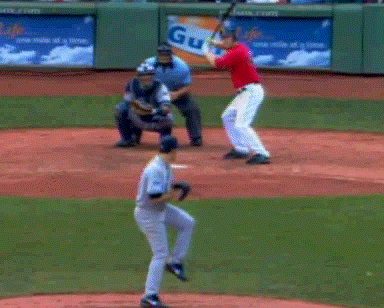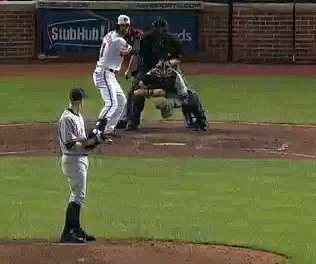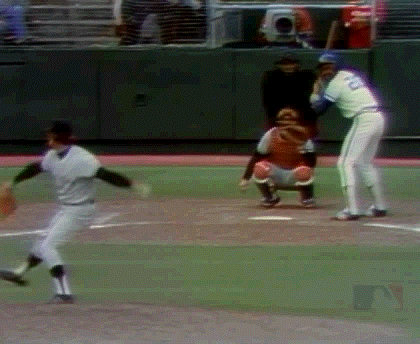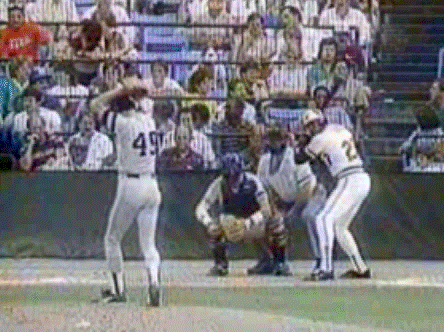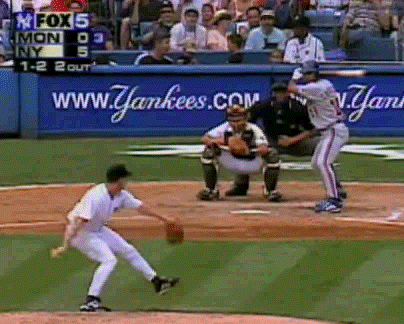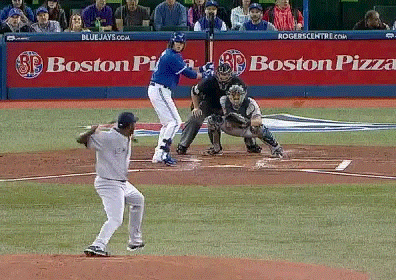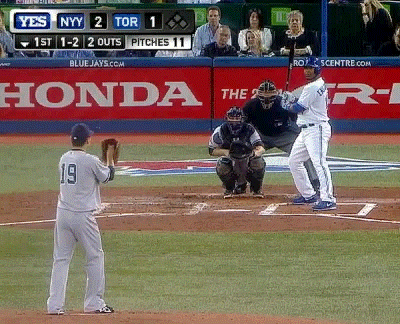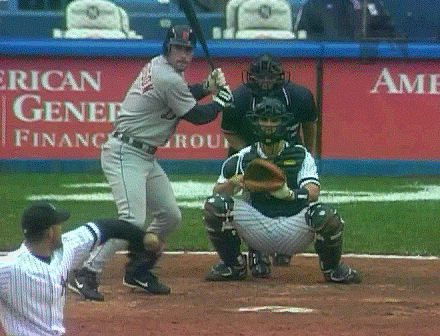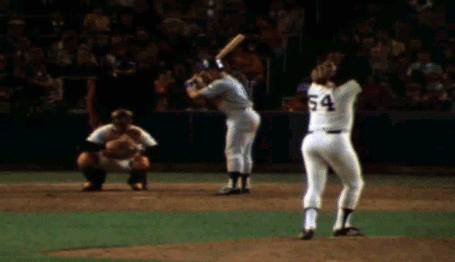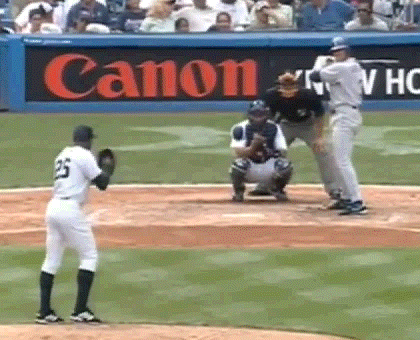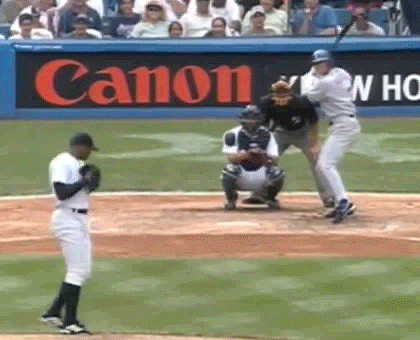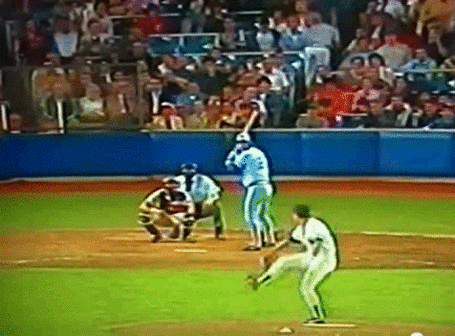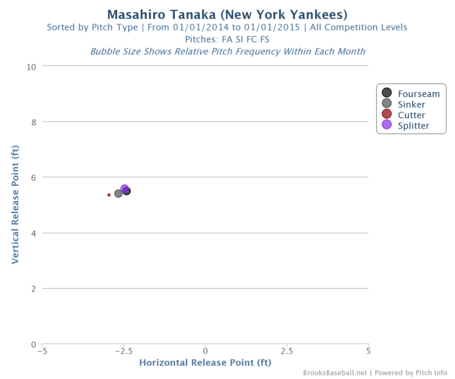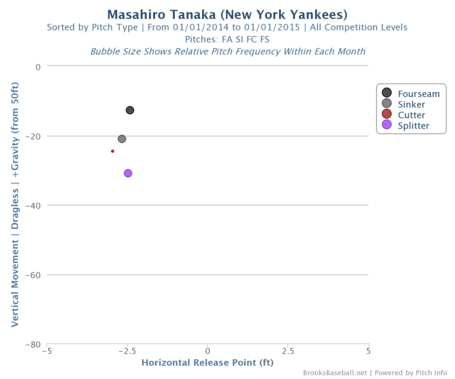
Michael Pineda pitched six innings of beautiful baseball in the Bronx. CC Sabathia needs to follow suit. Also, more PSA DP coming your way. Is there another tie or did someone finally win?
I am currently in Boston right now, and you will never find a more wretched hive of scum and villainy. I must be cautious in my sarcastic chuckling and Yankee fandom while up here. Bars might not serve my kind, especially after this supposed pine tar incident. Pineda claims it was dirt. Sounds good to me!
4/10/14 Daily Predictions Answers
| 1. | How many innings does the opposing team starter pitch? | 6 |
| 2. | Total number of strikeouts by the Yankee starter only? | 7 |
| 3. | Total number of earned runs allowed by the Yankees' bullpen? | 0 |
| 4. | Total number of walks given up by Yankee pitchers? | 2 |
| 5. | Total number of Yankee extra base hits? | 1 |
| 6. | Name one Yankee you think will hit a home run tonight | Anna |
| 7. | Name a Yankee you think will have the best defensive play of the game | Gardner |
| 8. | Best overall Yankee of the night? | Pineda |
Im tired of tying for first or coming in second... this ends tonight! -GriffMan 4/10/14
Guess what? We have another tie for first place between GriffMan and HighFlyers28. Both scored 4,000 points. HighFlyers28 may have made a powerful enemy today.
4/11/14 Daily Predictions & Fun Questions
| 1. | How many innings does the opposing team starter pitch? |
| 2. | Total number of strikeouts by the Yankee starter only? |
| 3. | Total number of earned runs allowed by the Yankees' bullpen? |
| 4. | Total number of walks given up by Yankee pitchers? |
| 5. | Total number of Yankee extra base hits? |
| 6. | Name one Yankee you think will hit a home run tonight |
| 7. | Name a Yankee you think will have the best defensive play of the game |
| 8. | Best overall Yankee of the night? |
Sandwiches (or Sammiches): Which is more important, the bread or the meat/non-bread?
Righty or Lefty?
Have you ever been to Boston?
Nova, Pineda, or Tanaka: Which pitcher do you have the most hope for in the future?
With a win tonight, the Yankees can at least make sure the Red Sox do not win the series, which is always one of life's great joys. Anyone else hoping for some fun "traderous" antics from Ellsbury? CC Sabathia will take the mound, so maybe the 2nd inning is the inning you want to start watching.
Let's Go Yankees


